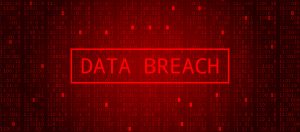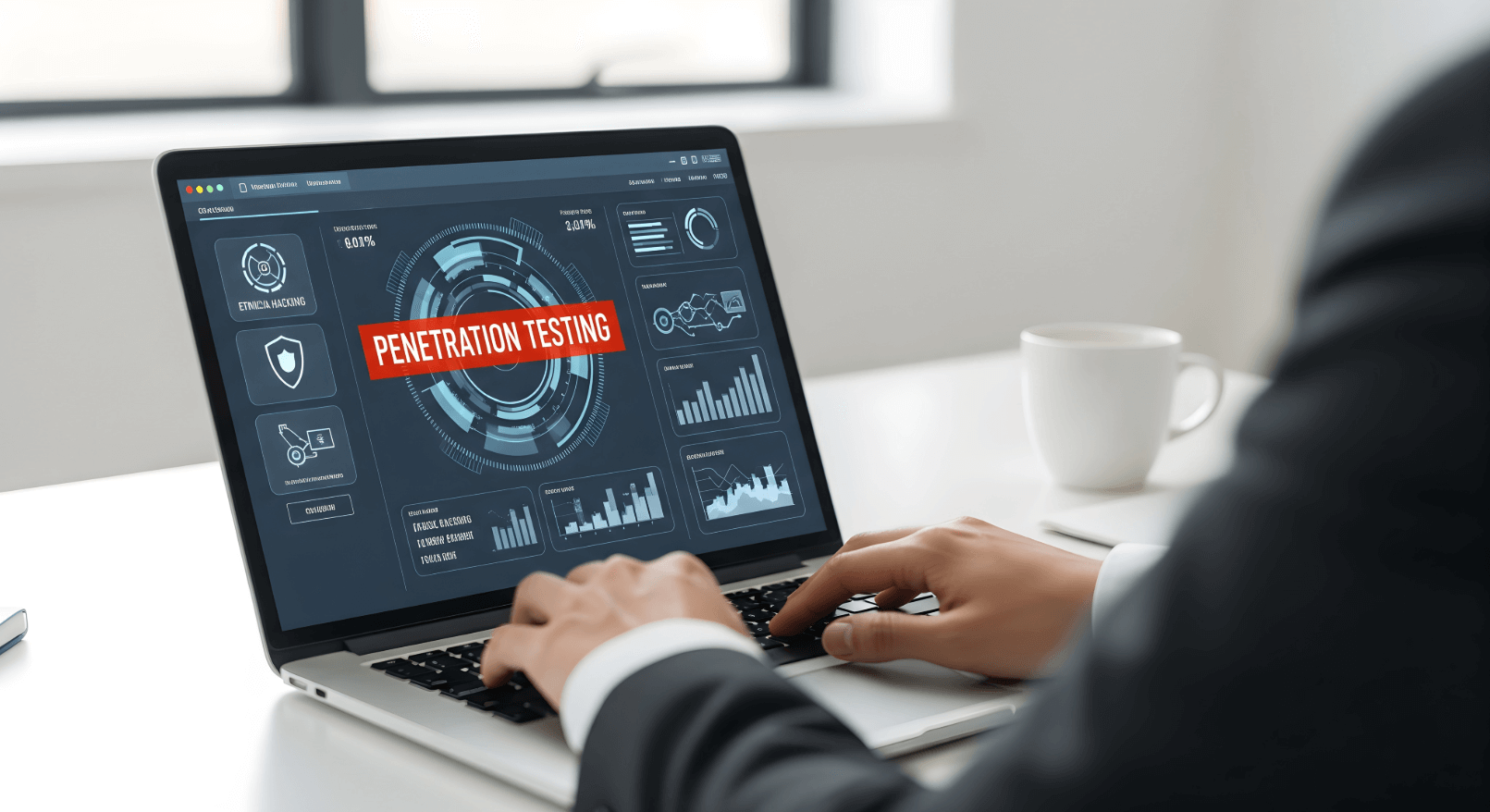How do you protect sensitive data that you don’t know exists?

Sensitive data is any information that can identify you or your customers, such as names, addresses, phone numbers, email addresses, credit card numbers, social security numbers, health records, etc. Sensitive data is valuable for hackers and cybercriminals who can use it to steal identities, access your accounts, or sell it on the dark web.
According to a report by IBM, the average cost of a data breach in 2022 was $4.35 million, and the average time to identify and contain a breach was 277 days. That means that if your sensitive data is compromised, you could face huge financial losses, legal liabilities, reputational damage, and customer dissatisfaction.
The first step to protect your sensitive data is to discover how much and where you have it. This is not an easy task, as sensitive data can be stored in various locations, such as databases, files, cloud services, emails, etc.
Fortunately, there are tools and solutions that can help you discover your sensitive data automatically. These tools can scan your data sources, identify the types and locations of sensitive data, and provide you with a comprehensive inventory of your data assets. Some of these tools can also classify your data according to its sensitivity level, such as low, medium, or high, and help you prioritize your data protection efforts.
By discovering how much and where you have sensitive data, you can gain several benefits, such as:
- Reducing your data exposure and risk of data breaches by minimizing the amount of sensitive data you collect, store, and share.
- Enhancing your data security and compliance by applying the appropriate controls and policies to your sensitive data, such as encryption, masking, anonymization, retention, deletion, etc.
- Improve the security of your sensitive data by ensuring that you are not over-sharing or providing overly permissive access.
- Improving your data quality and accuracy by eliminating duplicate, outdated, or irrelevant data.
Discovering how much and where you have sensitive data is a crucial step to protect your valuable information from data breaches and cyberattacks. By using the right tools and solutions, you can automate this process and gain insights into your data assets. This will help you reduce your data exposure and risk, enhance your data security and compliance, improve your data quality and accuracy, and increase your data value and usability.
If you have not already taken the initiative to identify and secure your sensitive data, Keller Schroeder can help get you on the right path to not only identify where your data is now, but to ensure that implementing the proper policies and controls to secure your data going forward. Contact us today or talk to your Keller Schroeder Account Manager to make sure you don’t fall victim to this ever-growing threat.
Written By:

Ryan Kremer
Vice President
Infrastructure Solutions Group
If you need any assistance with understanding the details within the advisory, understanding your current cybersecurity posture, your preparedness for a breach, or any other cybersecurity topic, we would love to have a discussion with you. Contact us today, and let’s chat about your environment and ways to lower your chances of becoming a victim of cybercrime.





